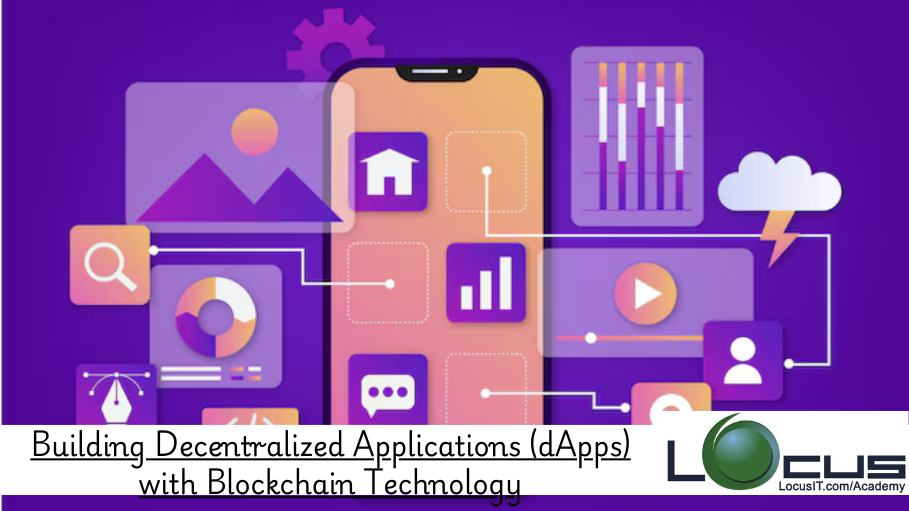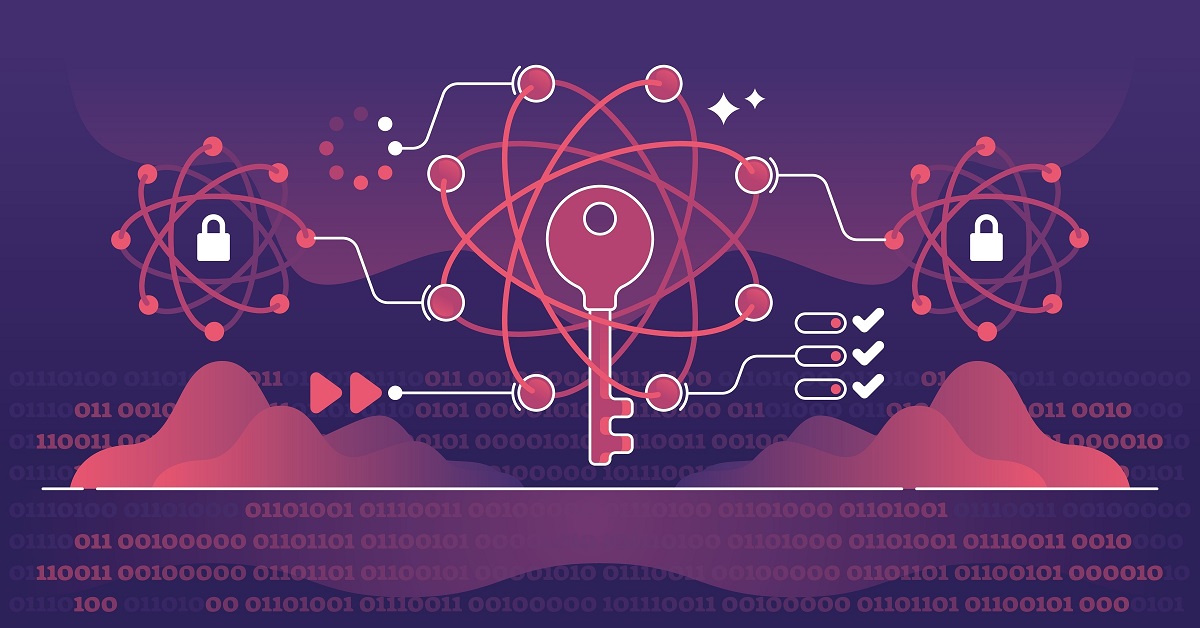Description
Introduction
Blockchain technology has transformed how we think about data, trust, and transactions, paving the way for decentralized applications (dApps) that operate independently of traditional intermediaries. In this training, participants will learn how to build dApps that leverage blockchain’s decentralized nature, providing greater transparency, security, and efficiency. From understanding smart contracts to deploying your own decentralized application, this course offers hands-on experience to take your blockchain skills to the next level.
Prerequisites
- Basic understanding of programming: Knowledge of at least one programming language, such as JavaScript or Python.
- Familiarity with blockchain concepts: Prior exposure to blockchain fundamentals such as cryptocurrencies, decentralized networks, and blockchain architecture.
- Understanding of web development: Experience with web development (HTML, CSS, JavaScript) is beneficial.
- Introduction to smart contracts: Some knowledge of smart contracts and platforms like Ethereum is a plus.
Table of Contents
1: Blockchain Foundations for dApps
1.1 Introduction to Blockchain Technology
- 1.1.1 Overview of blockchain networks
- 1.1.2 Consensus mechanisms (PoW, PoS)
- 1.1.3 Blockchain platforms: Ethereum, Binance Smart Chain, etc.
1.2 What Are Decentralized Applications ?
- 1.2.1 Features and architecture of dApps
- 1.2.2 Advantages of decentralized systems
- 1.2.3 Differences between dApps and traditional web apps
1.3 Key Components
- 1.3.1 Smart contracts
- 1.3.2 Decentralized storage
- 1.3.3 Cryptographic tokens
1.4 Development Tools Overview
- 1.4.1 Introduction to blockchain development environments (Truffle, Remix, Hardhat)
2: Smart Contracts and Solidity
2.1 Introduction to Smart Contracts
- 2.1.1 Role of smart contracts in dApps
- 2.1.2 Key attributes of smart contracts (self-execution, immutability)
2.2 Programming Smart Contracts with Solidity
- 2.2.1 Overview of Solidity language
- 2.2.2 Key concepts: functions, state variables, data types
- 2.2.3 Writing and deploying a basic smart contract
2.3 Development Environment Setup
- 2.3.1 Setting up Remix IDE and connecting to test networks
- 2.3.2 Gas fees and deploying contracts on Ethereum testnet
2.4 Interacting with Smart Contracts
- 2.4.1 Executing functions in a deployed contract
- 2.4.2 Reading and writing to the blockchain
3: Frontend Integration for dApps
3.1 Connecting dApps to Smart Contracts
- 3.1.1 Using web3.js and ethers.js to interact with contracts
- 3.1.2 Overview of blockchain nodes and how its communicate with the blockchain
3.2 Building a Simple dApp Frontend
- 3.2.1 Designing a user interface (UI) for dApps
- 3.2.2 Connecting the UI to smart contracts
3.3 Metamask and Wallet Integration
- 3.3.1 How to integrate a dApp with Metamask
- 3.3.2 Handling transactions and account management
3.4 Testing and Debugging Smart Contracts
- 3.4.1 Using Ganache for local blockchain testing(Ref: Next-Gen Data Analytics: AI-Driven Insights for Business )
- 3.4.2 Debugging contracts with Remix and Truffle
4: Advanced dApp Development
4.1 Tokenization and ERC Standards
- 4.1.1 ERC-20 and ERC-721 tokens
- 4.1.2 Creating and deploying custom tokens
4.2 Security in dApp Development
- 4.2.1 Common smart contract vulnerabilities (reentrancy, overflow)
- 4.2.2 Auditing smart contracts and best practices for security
4.3 Decentralized Finance (DeFi) Applications
- 4.3.1 Understanding DeFi protocols (lending, staking)
- 4.3.2 Building a basic decentralized exchange (DEX)
4.4 Interoperability and Cross-Chain Solutions
- 4.4.1 Cross-chain technology overview
- 4.4.2 Bridging dApps across multiple blockchains
5: Deploying and Scaling dApps
5.1 Deploying dApps to the Mainnet
- 5.1.1 Best practices for mainnet deployment
- 5.1.2 Gas optimization strategies
5.2 Decentralized Hosting for dApps
- 5.2.1 IPFS and decentralized storage solutions
- 5.2.2 Deploying dApps on platforms like Filecoin and Arweave
5.3 Scaling and Improving dApp Performance
- 5.3.1 Layer 2 solutions (Polygon, Optimism)
- 5.3.2 Off-chain computation and zk-rollups
5.4 Monitoring and Maintaining dApps
- 5.4.1 Monitoring on-chain activity
- 5.4.2 Upgrading smart contracts and versioning
6: Real-World Case Studies and Project Work
6.1 Case Studies of Successful dApps
- 6.1.1 Analyzing real-world dApps (Uniswap, Aave, etc.)
- 6.1.2 Lessons from successful projects
6.2 Capstone Project: Building Your Own dApp
- 6.2.1 Designing and developing a functional dApp
- 6.2.2 Presenting the project for peer review
6.3 Future Trends in Blockchain and dApps
- 6.3.1 Emerging trends: NFTs, DAO governance, Web 3.0
- 6.3.2 Opportunities in blockchain development
6.4 Next Steps for Continued Learning
- 6.4.1 Additional resources for advanced blockchain development
- 6.4.2 Networking in the blockchain community







Reviews
There are no reviews yet.